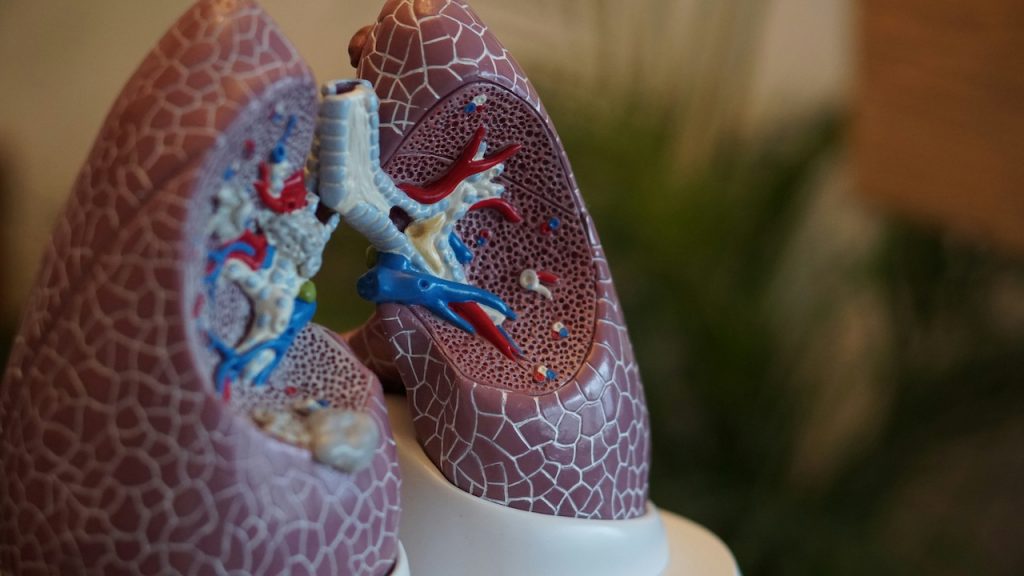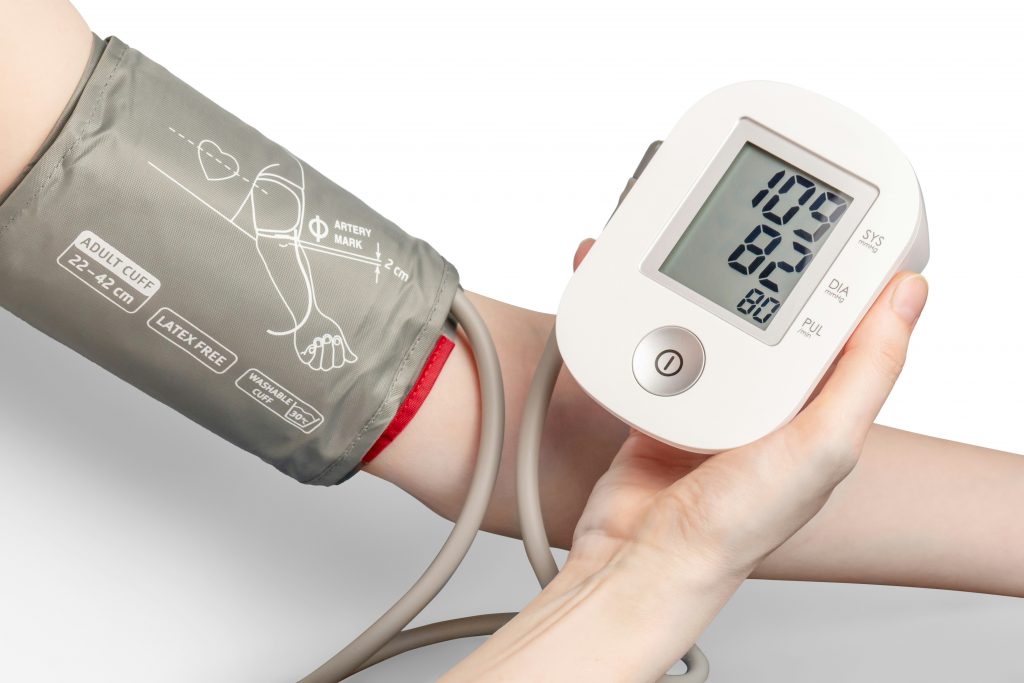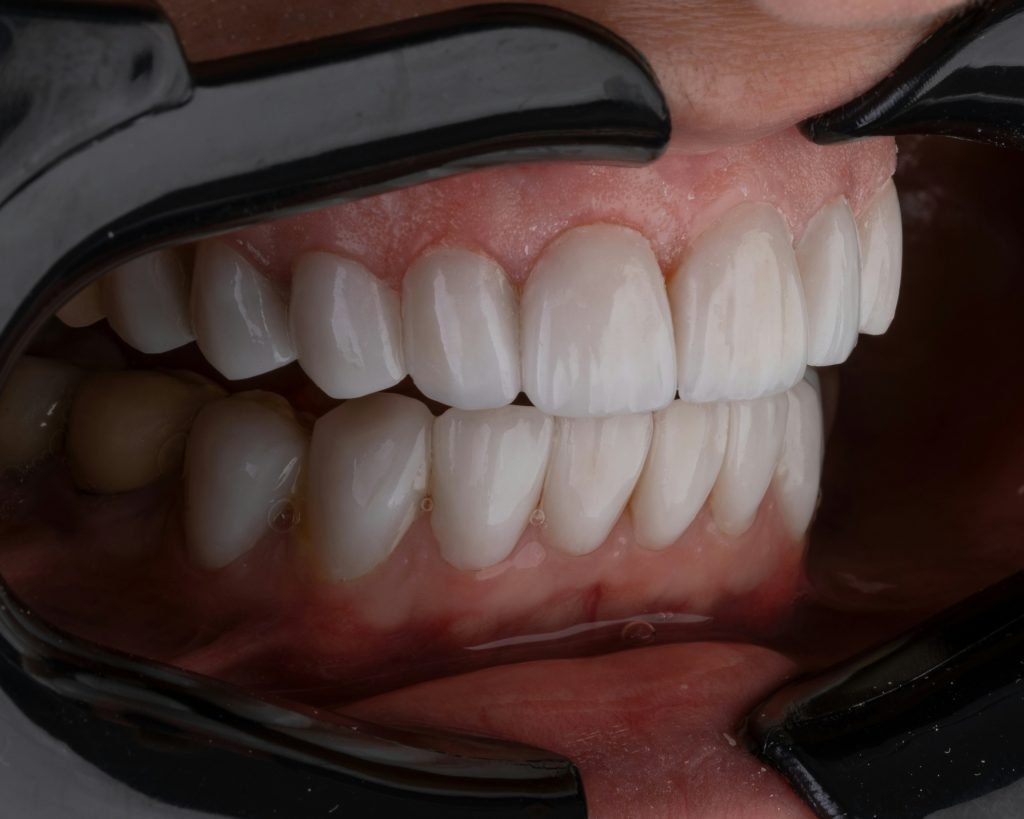Fluoride has long been a staple of traditional dental care, promoted as essential for preventing cavities and strengthening enamel. However, growing concerns about the potential risks of fluoride exposure have led many to seek alternatives. At our practice, we offer fluoride-free dentistry, emphasizing safe and effective methods to maintain oral health while protecting your overall well-being. In this blog, we’ll explore the benefits of fluoride-free dentistry and why it might be the right choice for you and your family.
Why Avoid Fluoride?
While fluoride can help prevent tooth decay, it’s not without controversy. Studies suggest that excessive fluoride exposure may lead to health issues such as dental fluorosis, bone problems, and even neurotoxicity in children. A report from The Lancet Neurology identifies fluoride as a developmental neurotoxin, raising concerns about its safety when overexposed. These findings highlight the importance of exploring fluoride-free alternatives for those who prioritize holistic health. Read the study here.
What Is Fluoride-Free Dentistry?
Fluoride-free dentistry focuses on maintaining oral health using non-toxic, natural methods. Rather than relying on fluoride treatments, this approach emphasizes prevention through personalized care, safe materials, and education. At Dr. Hank Barreto’s office, we use fluoride-free products that promote strong teeth and healthy gums without the risks associated with fluoride exposure.
How Do We Prevent Cavities Without Fluoride?
Our fluoride-free approach centers on prevention. Regular dental cleanings and exams help identify and address potential issues early. Additionally, we educate patients on proper oral hygiene practices, including brushing with fluoride-free toothpaste, flossing, and maintaining a diet rich in tooth-friendly nutrients. We may also recommend natural remineralizing treatments that help strengthen enamel and protect against decay.
Benefits of Fluoride-Free Dentistry
- Safe for All Ages: Fluoride-free dentistry is especially beneficial for young children, who are more susceptible to the risks of fluoride overexposure.
- Personalized Care: We tailor treatments to your unique needs, ensuring the most effective and holistic approach to oral health.
- Focus on Prevention: Our emphasis on early detection and prevention reduces the need for invasive treatments, supporting long-term oral and overall health.
- Non-Toxic Alternatives: By using biocompatible materials and fluoride-free products, we ensure your dental care aligns with your holistic health goals.
The Connection Between Oral and Overall Health
Fluoride-free dentistry is part of our holistic approach, which recognizes the connection between oral health and overall wellness. By avoiding potentially harmful substances like fluoride, we help protect not only your teeth but also your entire body. Whether you’re concerned about developmental health for your children or simply want to reduce your exposure to toxins, fluoride-free dentistry offers a safer, more holistic solution.
Why Choose Fluoride-Free Dentistry at Our Practice?
At our office, we are committed to providing safe, effective dental care that supports your overall health. From fluoride-free cleanings to non-toxic treatments, every aspect of our approach is designed with your well-being in mind. Our goal is to empower you with the knowledge and tools to maintain a healthy smile naturally.
If you’re ready to experience the benefits of fluoride-free dentistry, contact us today to schedule your next visit. Together, we’ll create a personalized plan that prioritizes your oral health and total wellness.








